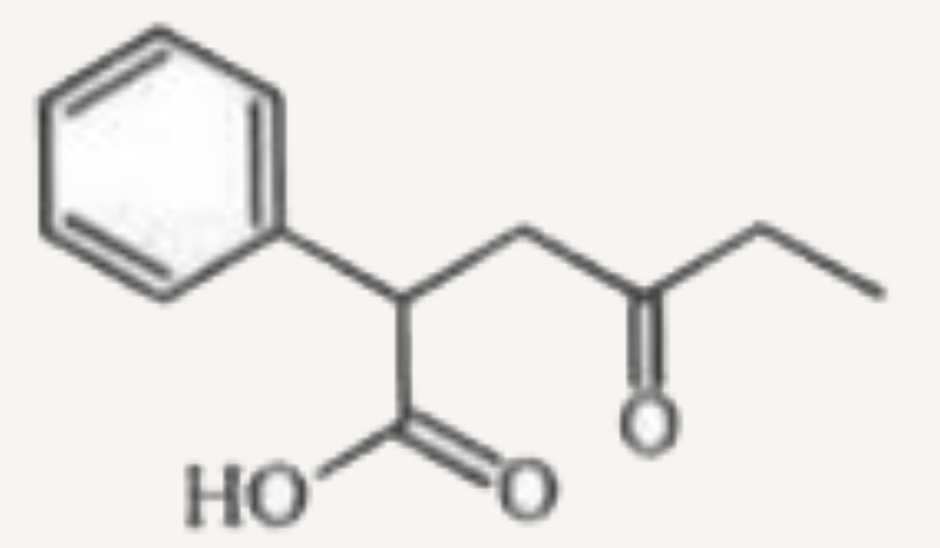Elements most readily moblised are:
Ca,B,Fe
K,P,Ca
N,P,K
Cl,Fe,B
The correct Answer is:C
To answer the question regarding which elements are most readily mobilized in plants, we can follow these steps:
1. Understanding Mobilization in Plants:
- Mobilization refers to the ability of certain nutrients to move from older parts of the plant (like older leaves) to newer parts (like young leaves and growing tissues).
2. Identifying Key Nutrients:
- Commonly discussed mobile nutrients in plants include nitrogen (N), phosphorus (P), and sulfur (S). These nutrients can be transported through the plant's vascular system.
3. Examining the Role of Nitrogen:
- Nitrogen is primarily transported in the form of amino acids and is essential for various plant functions, including growth and development.
4. Considering Phosphorus and Sulfur:
- Phosphorus is also mobile and can be transferred from older tissues to younger ones. Sulfur, while less abundant, can similarly be mobilized.
5. Excluding Non-Mobile Elements:
- Elements like calcium (Ca) are generally considered immobile in plants. They do not move from older tissues to younger ones, so any options including calcium can be eliminated.
6. Conclusion:
- Based on the analysis, the elements that are most readily mobilized in plants are nitrogen and phosphorus. Therefore, the correct answer to the question is that nitrogen and phosphorus are the elements most readily mobilized.
Final Answer:
The elements most readily mobilized are nitrogen and phosphorus.
---
- Mobilization refers to the ability of certain nutrients to move from older parts of the plant (like older leaves) to newer parts (like young leaves and growing tissues).
- Commonly discussed mobile nutrients in plants include nitrogen (N), phosphorus (P), and sulfur (S). These nutrients can be transported through the plant's vascular system.
- Nitrogen is primarily transported in the form of amino acids and is essential for various plant functions, including growth and development.
- Phosphorus is also mobile and can be transferred from older tissues to younger ones. Sulfur, while less abundant, can similarly be mobilized.
- Elements like calcium (Ca) are generally considered immobile in plants. They do not move from older tissues to younger ones, so any options including calcium can be eliminated.
- Based on the analysis, the elements that are most readily mobilized in plants are nitrogen and phosphorus. Therefore, the correct answer to the question is that nitrogen and phosphorus are the elements most readily mobilized.
The elements most readily mobilized are nitrogen and phosphorus.
Topper's Solved these Questions
- MINERAL NUTRITIONBOOK - VMC MODULES ENGLISHCHAPTER - MINERAL NUTRITIONEXERCISE - ENABLE
49 Videos
- MINERAL NUTRITIONBOOK - VMC MODULES ENGLISHCHAPTER - MINERAL NUTRITIONEXERCISE - EFFICENT
50 Videos
- MINERAL NURTITION IN PLANTSBOOK - VMC MODULES ENGLISHCHAPTER - MINERAL NURTITION IN PLANTSEXERCISE - IN-CHAPTER EXERCISE-D
10 Videos
- MORPHOLOGY OF FLOWERINGPLANTS BOOK - VMC MODULES ENGLISHCHAPTER - MORPHOLOGY OF FLOWERINGPLANTS EXERCISE - IN-CHAPTER EXERCISE-G
10 Videos
Similar Questions
Knowledge Check
Which of the following elements are most readily mobilised?
APhosphorus sulphur, nitrogen and potissumBCalcium, sulphur, nitrogen and phosphorusCphosphorus, sulphur,nitrogen and calciumDPotassium, sulphur, nitrogen and calciumDeficiency symptoms of readily mobilised essential elements will first appear in_____
Ayounger tissuesBolder tissuesCrootsDshootsWhich of the following undergoes decarboxylation most readily on being heated ?
A B
B C
C D
D
The metals of Group 2 in the periodic table from top to bottom are - Be, Mg, Ca, Sr, & Ba
Which one of these elements will form ions most readily. Give reasons.
View SolutionWhich of the following undergoes decarboxylation most readily on being heated ?
View SolutionWhich among the following gas will be adsorbed most readily by activated charcoal?
View SolutionWhich one of the following is most readily adsorbed on activated charcoal?
View SolutionThe As2S3 colloid will be most readily coagulated by
View Solution
